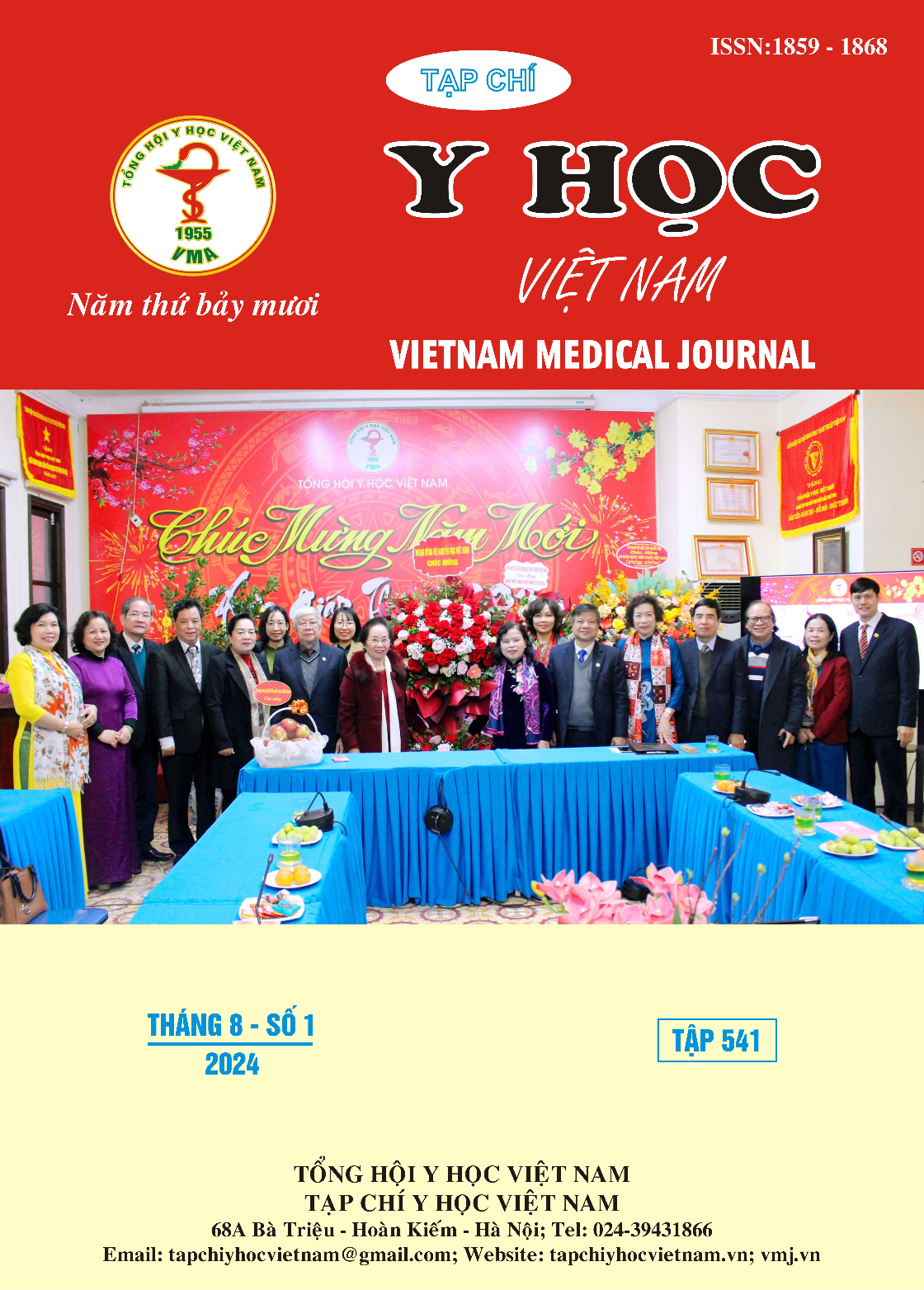PERSPECTIVES ON REPRODUCTIVE HEALTH AND INTERVENTION PROPOSALS FOR FEMALE JUNIOR HIGH SCHOOL STUDENTS IN CAN THO CITY
Main Article Content
Abstract
Introduction: Reproductive health is a critical issue for junior high school female students in Can Tho City, significantly impacting their holistic development. However, there are still limitations in awareness and practices related to reproductive health care. Therefore, this study aims to explore the perspectives of teachers, school health personnel, parents, and students to propose effective intervention solutions. Methods: This qualitative study was conducted in junior high schools across Can Tho City. Participants included teachers, school health personnel, parents, and female students. Data were collected through in-depth interviews and focus group discussions, and analyzed using content analysis methods. Results: The study revealed common reproductive health issues among junior high school female students, such as irregular menstruation, menstrual pain, and insufficient knowledge of personal hygiene. Stakeholders emphasized the necessity of improving awareness and education on reproductive health. Specifically, both teachers and school health personnel agreed on the importance of implementing specific and regular reproductive health education programs. Parents expressed a desire for more knowledge to support their children better. Conclusion and Recommendations: The study underscores the need to enhance reproductive health education and communication within schools and families to improve knowledge and practices among junior high school female students in Can Tho. Educational programs should be tailored to the age and practical needs of students. Moreover, close collaboration among schools, families, and health agencies is crucial for maximizing the effectiveness of reproductive health enhancement.
Article Details
Keywords
Reproductive health, Female students, Can Tho, Teachers, School health personnel, Parents
References
2. Nguyễn Thị Lan (2023), Báo cáo về chế độ dinh dưỡng và sức khỏe học sinh tại trường THCS Lê Hồng Phong. Hà Nội: Nhà xuất bản Giáo dục.
3. Trần Thị Mai (2022), Nghiên cứu về hiệu quả của phương pháp chườm nóng trong việc giảm đau bụng kinh ở học sinh nữ. Tạp chí Y học trường học, 12(3), 45-52.
4. American College of Obstetricians and Gynecologists (ACOG) (2018), Dysmenorrhea: Painful periods. Retrieved from ACOG website
5. Blakemore, S. J., & Mills, K. L (2014), Is adolescence a sensitive period for sociocultural processing, Annual review of psychology, 65, 187-207.
6. Dawood, M. Y. (2006). Primary dysmenorrhea: advances in pathogenesis and management. Obstetrics & Gynecology, 108(2), 428-441.
7. Patton, G. C., et al (2016), Our future: a Lancet commission on adolescent health and wellbeing. The Lancet, 387(10036), 2423-2478.
8. Parker, M. A., Sneddon, A. E., & Arbon, P (2010), The menstrual disorder of teenagers (MDOT) study: determining typical menstrual patterns and menstrual disturbance in a large population-based study of Australian teenagers. BJOG: An International Journal of Obstetrics & Gynaecology, 117(2), 185-192.
9. UNICEF (2019), The State of the World's Children 2019: Children, food and nutrition. Retrieved from UNICEF website
10. World Health Organization (WHO) (2020), Adolescent mental health. Retrieved from WHO website


